Are you suffering from Persistent Back pain?
When Pain Persists – What is going on? And what can WE do to help?
When you move well, you feel good. The better you feel the more you move. Sounds simple enough, right? So often we find ourselves limited by our pain, which affects how we go about every day life.
As human beings, we need movement and exercise to feel good, for both the body and mind. So what happens when movement hurts? The more it hurts, the less you want to move. It’s very much a catch 22.
When you are injured or in pain (especially over a prolonged period of time), your body has limited choices in ways to move so to avoid pain in the easiest way possible, but as a result reduces your life activities. This might be playing your favourite game of sport, going for a run or just walking down to the shops to carry a carton of milk home. This lack of choice impacts you on how to move your body correctly to avoid further pain and discomfort.
When you compensate your everyday movement to avoid pain, this then has a negative flow on effect for the rest of your body. An example of this is when people are in pain from just trying to sit with the correct posture. Sitting may cause great discomfort, so they try to sit in a position that is less painful, resulting in bad posture.
As physios, we often see people using the same strategies and compensate for all movements to avoid further discomfort. For example, when asking a client to bend forward it causes the lumbar erector spinae to spasm. This is not a ‘normal’ reaction, but it’s the best one they have due to the lack of ‘choice’ in their movement.

At Barefoot Physiotherapy, we look at these patterns of movement and aim to provide treatment to the right areas so you can increase the availability of your movement choices. Your movement may not be predictable as your body has created its own strategies to still achieve certain movements. For example, a swimmer may have great overhead but cannot go through their full range to get there. It is important to remember that everyone is different, so overcoming ongoing pain may take more time for some and less for others.
It is important for you and your physiotherapist to set realistic goals if you are suffering from chronic or persistent pain. You may not even realise how much you have had to limit yourself in your movement, just to get through your day.
Simple motor control is lost when you are in a great deal of pain, and this can be extremely frustrating, especially when you go to a physio after being in pain for years and they try to teach you how to sit properly, but all you feel is pain. In my experience, the majority of my clients bodies do not have the ability to sit in a good position until we first settle their body down.
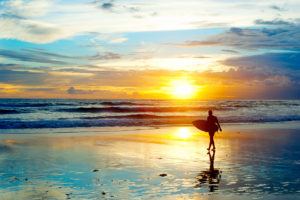 What can be confusing to both the client and their physio is that they may have much better strategies and patterns of movement at a higher level of activity, resulting in less pain during that motion, but can experience high levels of pain undertaking their day to day activities. For example, you may love to kayak, and you can kayak at a high level of intensity with your body working in the way it should, however when you are being treated by your physio they notice that you are unable to squat, which is an essential position for kayaking.
What can be confusing to both the client and their physio is that they may have much better strategies and patterns of movement at a higher level of activity, resulting in less pain during that motion, but can experience high levels of pain undertaking their day to day activities. For example, you may love to kayak, and you can kayak at a high level of intensity with your body working in the way it should, however when you are being treated by your physio they notice that you are unable to squat, which is an essential position for kayaking.
At Barefoot Physiotherapy, we aim to get you to your optimal health. We know how important it is to move well and to have multiple strategies to obtain this level of movement. Our treatment aims to decrease the old strategies that may be contributing to current pain or injuries and providing you with new strategies and support. These often include releasing irritated nerves and tight muscles/joints to assist in re-learning your bodies motor control patterns to increase your choice of movement.
Move well, feel great! To find out more about Barefoot Physiotherapy, or to book an appointment, click here.

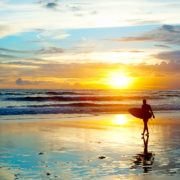
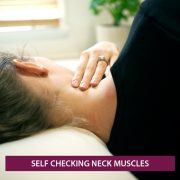
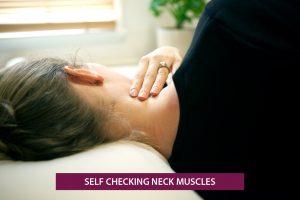
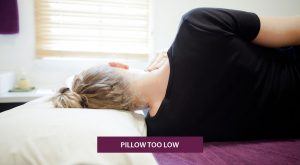
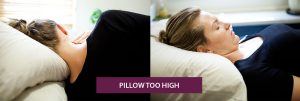
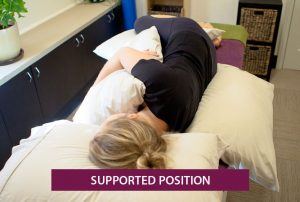
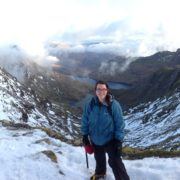
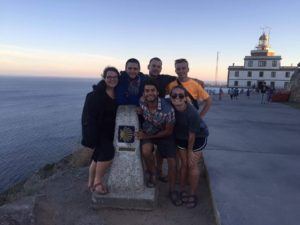 You walked the Camino Trail last year. Can you tell us a little about what this was like, what inspired you to do it, and why you want to do it again?
You walked the Camino Trail last year. Can you tell us a little about what this was like, what inspired you to do it, and why you want to do it again? 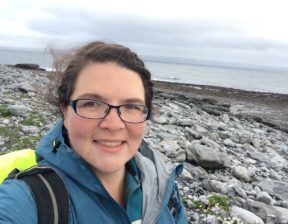 What is your most favourite part about being a teacher? Have you got any funny stories for us?
What is your most favourite part about being a teacher? Have you got any funny stories for us?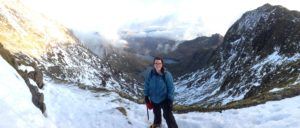 Where is your favourite walking trail in South East Queensland that is a MUST DO for any of our Barefooters out there who love bush walking?
Where is your favourite walking trail in South East Queensland that is a MUST DO for any of our Barefooters out there who love bush walking?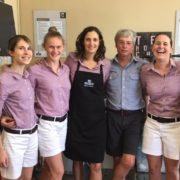


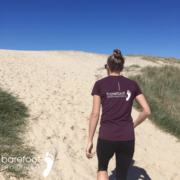
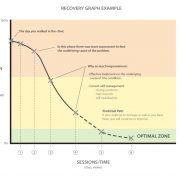
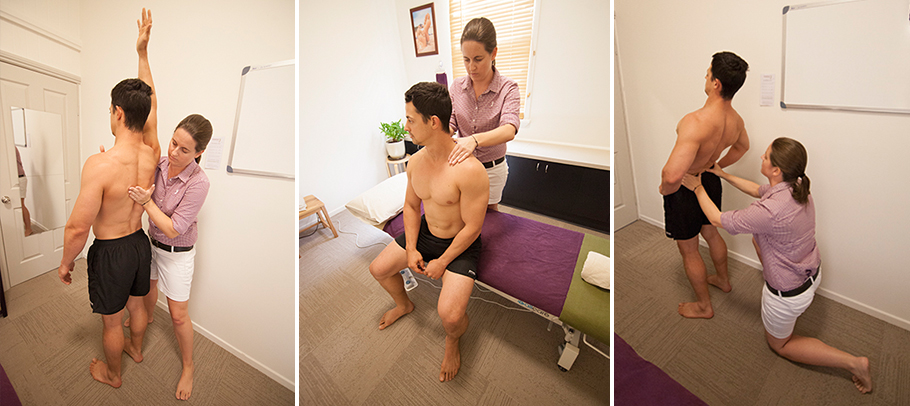

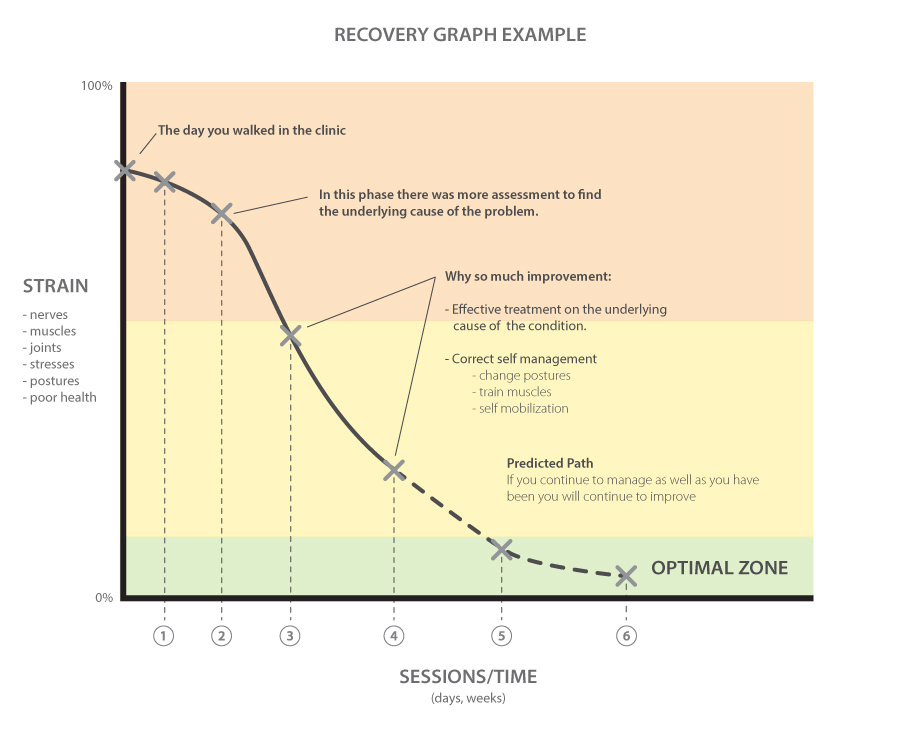

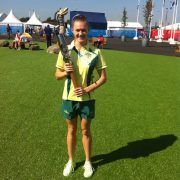
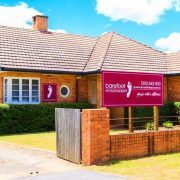



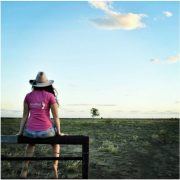
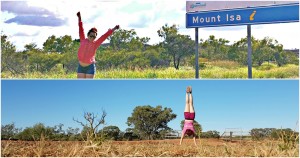
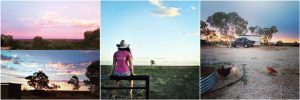 and almost the same as the person standing next to you.
and almost the same as the person standing next to you.


